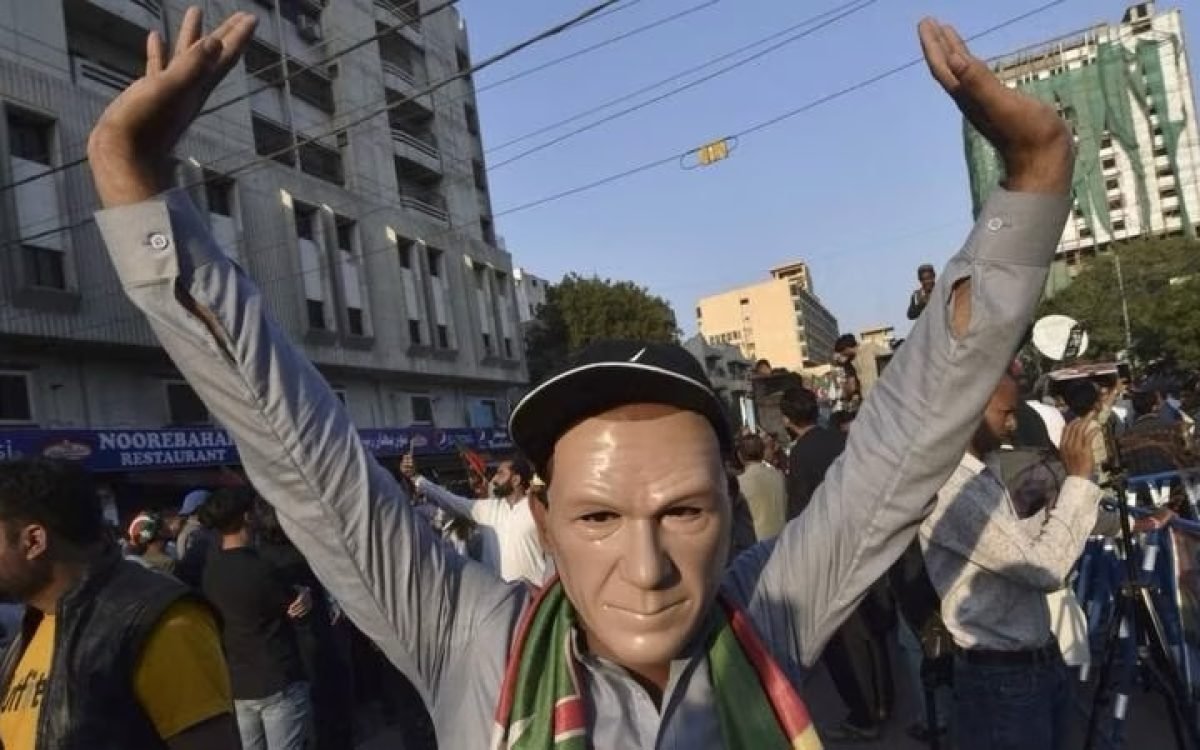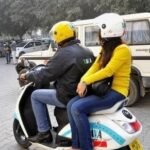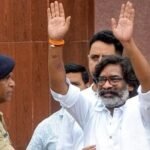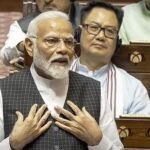Four days after Pakistan’s highly contested general elections, the political landscape remains shrouded in uncertainty, with no clear indication of which party will form the next government or who will assume the role of prime minister.
Despite former Prime Minister Imran Khan’s detention and numerous obstacles faced by his Pakistan Tehreek-e-Insaf (PTI) party, independent candidates backed by PTI managed to secure a surprising victory, winning 93 seats in the National Assembly, the highest among all parties. However, this falls short of the 169-seat majority needed to establish a government.
The Pakistan Muslim League Nawaz (PML-N), led by another former Prime Minister, Nawaz Sharif, secured the second position with 75 seats. Despite expectations of a smooth victory, Sharif’s return to power after five years of exile was thwarted.
In third place is the Pakistan People’s Party (PPP), led by political scion Bilawal Bhutto Zardari, which secured 54 seats.
The constitutional deadline for forming a government is looming, requiring political parties to reach an agreement by February 29, three weeks after election day. With a fragmented mandate and no party holding a simple majority, the prospect of a coalition government is inevitable.
Both PTI and PML-N have claimed victory, but the reality of coalition-building is setting in as independent candidates contest the election results with allegations of vote-rigging, prompting protests across the country.
Several scenarios are being considered for the formation of the next government:
- PML-N and PPP Coalition: A likely scenario involves PML-N forming a coalition with PPP, along with smaller parties. This alliance could mirror their cooperation in ousting Imran Khan in 2022. However, key issues such as the prime ministerial candidate and provincial divisions need resolution.
- PPP and PTI Alliance: While PPP has expressed openness to collaboration with all political forces, PTI’s inclination towards opposition benches is likely if it fails to secure a majority. This stance aligns with Imran Khan’s previous remarks on the importance of a strong government.
- PML-N, PTI, and Others Coalition: Despite facing challenges, PML-N may seek a coalition with PTI and other parties, acknowledging the need for a participatory government. The electorate’s message for democratic fairness and civilian democracy’s supremacy over military interference is resonating.
- PTI-backed Independents Joining Smaller Parties: PTI-backed independents may join smaller parties to pool their seats and tap into reserved seats for women. However, experts doubt the feasibility of PTI forming a coalition due to numerical limitations.
The political uncertainty in Pakistan underscores the challenges of coalition-building and the delicate balance of power in a democracy striving for stability amidst diverse interests and historical rivalries. As parties maneuver to shape the country’s future, the ultimate outcome remains uncertain, leaving the nation on edge as it awaits the formation of its next government.









